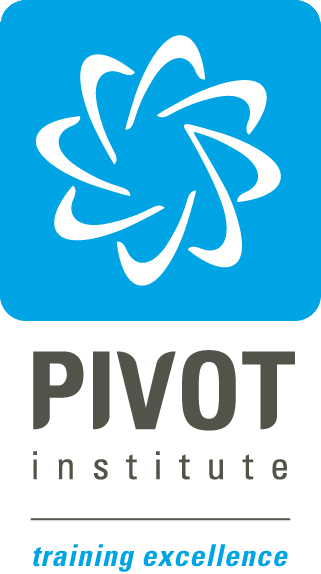When we think of safety at work often we may think of it as a burden, extending the time it takes to a task to do it safely, signs & notices that nobody reads… But with the shocking number of work place fatalities, work related disease and work related illnesses, it is an area which needs to be taken seriously urgently. ‘Safe Work Australia’ estimates that there has already been 72 fatalities caused in work this year alone in Australia. A shocking total of 192 occupational fatalities were estimated in 2012. By using simple methods of risk assessments, hazard identification, incorporating safety controls or enforcing that employees wear personal protective equipment during different tasks etc. may have prevented/or reduced the effects of these accidents.
Legally according to Health and Safety Legislation, every employer is obliged to provide a safe place of work, and safe working procedures. Likewise every employee is obliged to work safely in the safe procedure that is provided to them and to report any difficulty, health effects, hazards etc that they may encounter, to their employer. Sounds simple- but why then are there still these huge number of work related accidents every year.
A fascinating fact is that more Americans died in their workplace due to work activity during the period of the Vietnam War rather than those involved in the actual conflict. Now, one would think with all the improvements in technology since that time that safety would also improve. Often, this is not the case. It is notable in recent times in the past 30 years, that more people are aware of Health and Safety but with Crime, Celebrities, Politics, taking the spot light in the media often big accidents in Health and Safety take the back seat and are not even acknowledged let alone reported about.
All this said; where do we go from here? We should aim that Health and Safety is respected, accepted and incorporated into every work place. Every employer should aim to do the following:
- Risk Assessments: This can be done in 5 simple steps
- Hazard Identification
- Decide who would be harmed
- Evaluate the risk involved & how to prevent it
- Record your findings and implement them
- Review your assessment and update where necessary
(HSE, www.hse.co.uk,2013)
- Training Information is power! Providing your employees with the skills and knowledge will enable them to work a safe procedure & to know the risks if they don’t.
- Safe practice & provide a safe working environment: It is not possible to eliminate all risks in the workplace but by creating a safe practice the risk of accident or incidents can be significantly reduced.
- Communication: Communicate with your staff members. Ensure that it easy to approach either management or the safety representative about any issues they might have. As they are the people carrying out the tasks they are crucial in the achievement of a safe environment.
- Aim for continuous improvement: A safe environment cannot be made overnight. Draw up an action plan of measures to improve on and continuously monitor the improvement. The world is continuously changing and with this comes new ideas, new technology, new diseases and hazards become apparent therefore Health and Safety will be ongoing and never completed.
Don’t wait for the incident to happen before you take the action. A safe workplace is a happy workplace. Let’s all work together and lower Australia’s unnecessary occupational accident rates.
